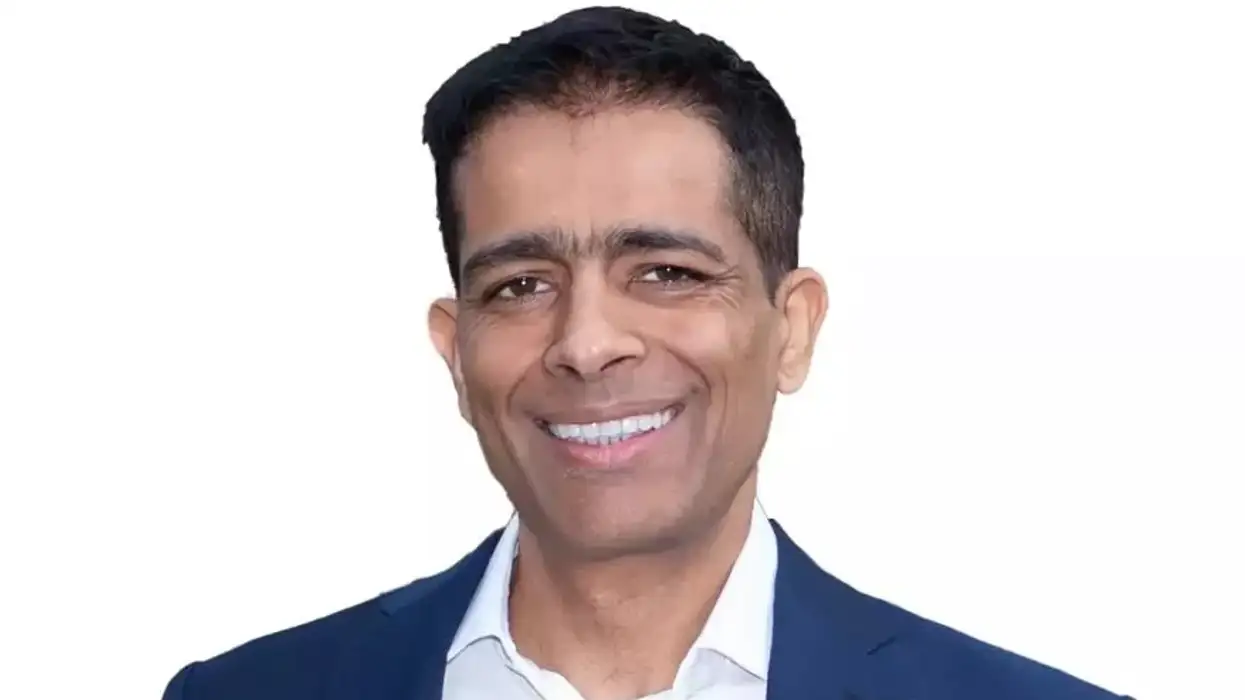I was five years old when my parents first signed me up for a mini marathon. They were both keen runners and wanted me to follow in their footsteps. At the time, I hated it. Running felt like punishment — exhausting, uncomfortable, and something I never imagined I’d do by choice.
But one moment changed everything. I was 12, attending a gymnastics competition, and had gone to the car alone to grab my hula hoop. As I walked back, a group of men started shouting at me. They moved closer. I didn’t wait to hear what they had to say — I ran. Fast. My heart was pounding. It was the first time I felt afraid simply for existing in public as a young girl. I never told anyone. But I remember feeling thankful, strangely, that my parents had taught me how to run.
That was my first experience of harassment. Sadly, it wouldn’t be my last.
In school, I was a fast runner. I even won races. But I gave it up — until lockdown. My mum encouraged me to start again. We went for walks, and one day I had to jog to catch up with her. That simple moment reminded me that running didn’t have to be painful. It could be freeing. It could be joyful.
But that joy was short-lived. The more I ran, the more I noticed the dangers. As a south Asian woman, I was reminded that public spaces are not always made for us.
When I ran with my mum or friends, I felt safe. Alone, I felt exposed. On quiet canal paths, I’ve been catcalled — told to “go on, sexy,” or had comments made about my body. I’ve had racist abuse shouted at me from passing cars: “Go back home, p***.” Some men — including from within our own community — have rolled down their windows to yell disgusting things in Punjabi, honk their horns, or make obscene gestures. I’ve been called a “b****” just for running past someone, and told to “get out of the way, b****.” The verbal violence is constant, and always unprovoked.
It’s exhausting. It makes you hyperaware of every step, every corner, every man you see.
Yet, in places like the Isle of Skye, I experienced what running should feel like. People greeted you with smiles. Drivers slowed down and waved. There were no shouts, no stares. Just peace.
Running is supposed to be my outlet. As a full-time carer for my mum, it’s the one thing that helps me manage stress and anxiety. But now, running itself causes stress. I drive 20 to 30 minutes to find a busy park where I might feel safe — and even then, I’m constantly looking over my shoulder.
I've lost count of the number of times I’ve stopped mid-run just because a group of men were approaching. I cross the road. I walk. I pretend to check my phone. It’s not paranoia — it’s self-preservation.
I’ve been hit by a drink thrown from a bus. I’ve been called “sexy legs” for wearing shorts. I’ve had to stop wearing certain clothes, change my routes, avoid specific times of day — all because men can’t keep their comments to themselves.
And I’ve started carrying personal protection. Something no woman should have to do — but many of us do, silently. I truly believe we should be allowed to carry pepper spray. If we’re not being protected by the system, we should be able to protect ourselves.
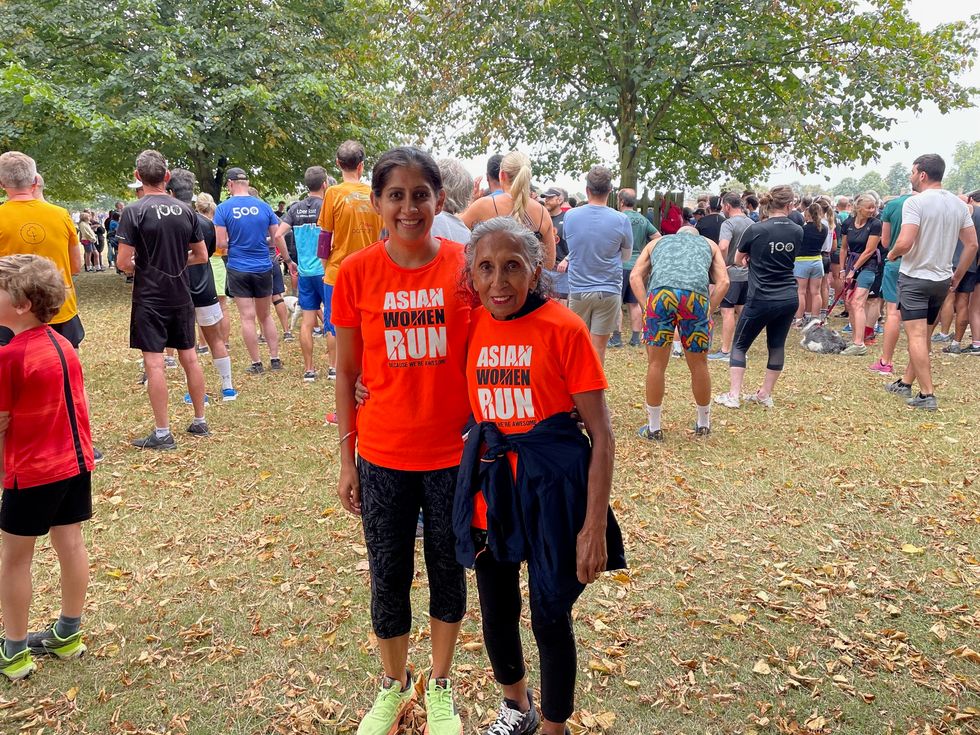
Even when I’ve gone out with mum for a walk or a run, men driving past whistle and blow their horn. I’ve seen men stare at mum and one even blew a kiss at her; it’s shocking and disturbing to experience.
This is not just my experience. It’s far too common. When I created Asian Women Run, I wanted to build a safe space where south Asian women could run together and feel empowered. But even in our group, women share their fears. Some won’t run outdoors at all because of how unsafe they feel. It’s heart-breaking. Running — a sport that supports mental and physical health — has become inaccessible for so many because of harassment.
Why is it that in countries like Singapore or the UAE, women can run freely, but in the UK — a country that prides itself on equality — we still feel afraid?
This isn’t just about running. It’s about ownership of public space. It’s about safety. It’s about respect. And it’s about change.
We need more than hashtags. We need action — from local councils, from police, from community leaders, and from men. We need more well-lit areas, safer routes, education in schools, and stronger consequences for street harassment. We need cultural change, and it starts by listening to women when we say: this is happening.
I don’t want to give up something I love. I want to keep running. I want to feel the wind on my face without fear. I want to wear what’s comfortable, not what’s “safe.” I want to stop looking over my shoulder.
I want to run — just like anyone else.
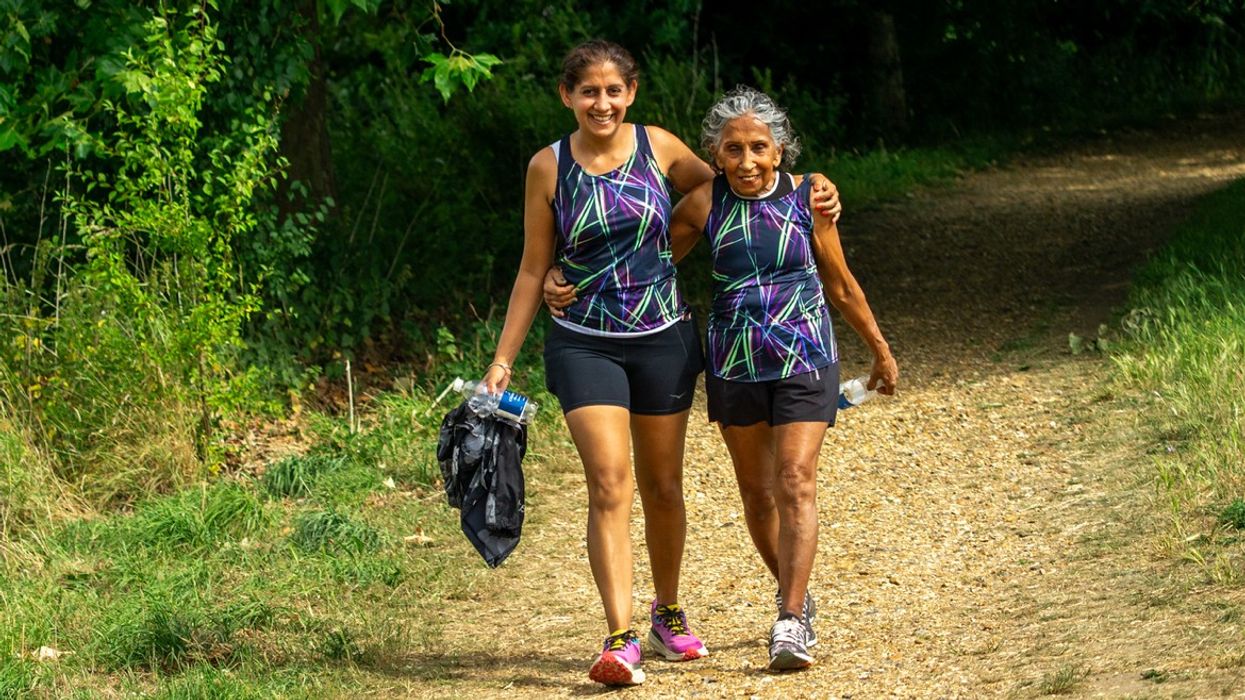
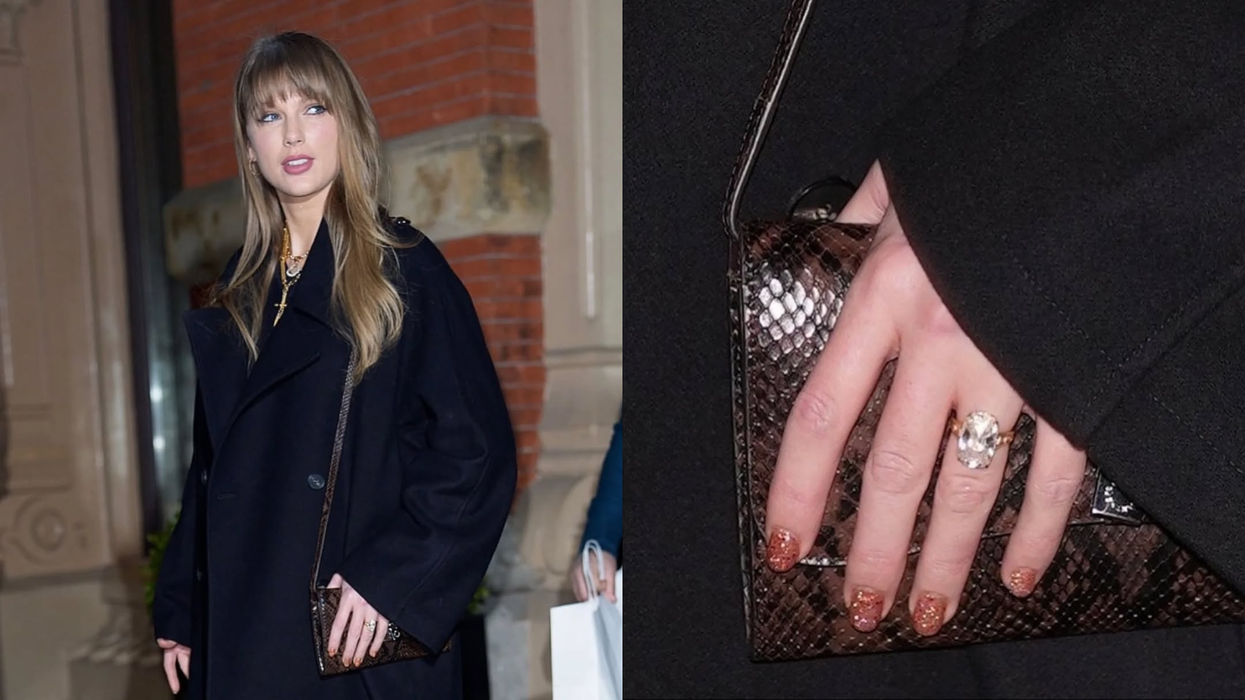
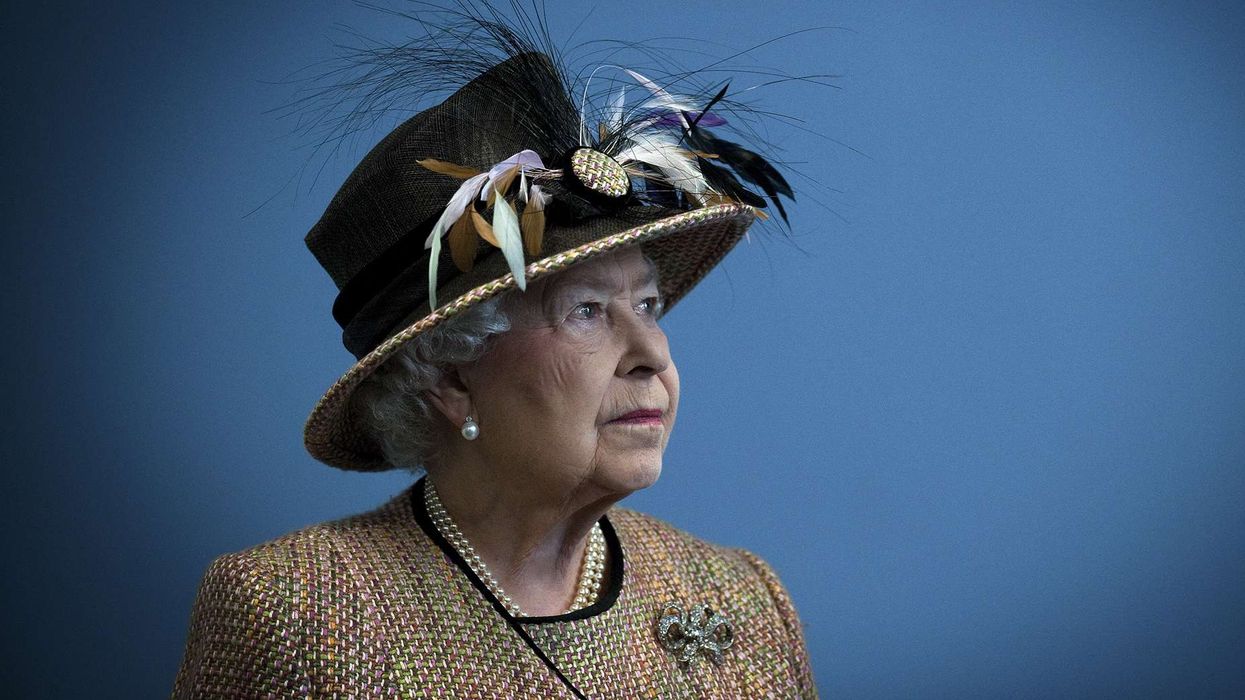


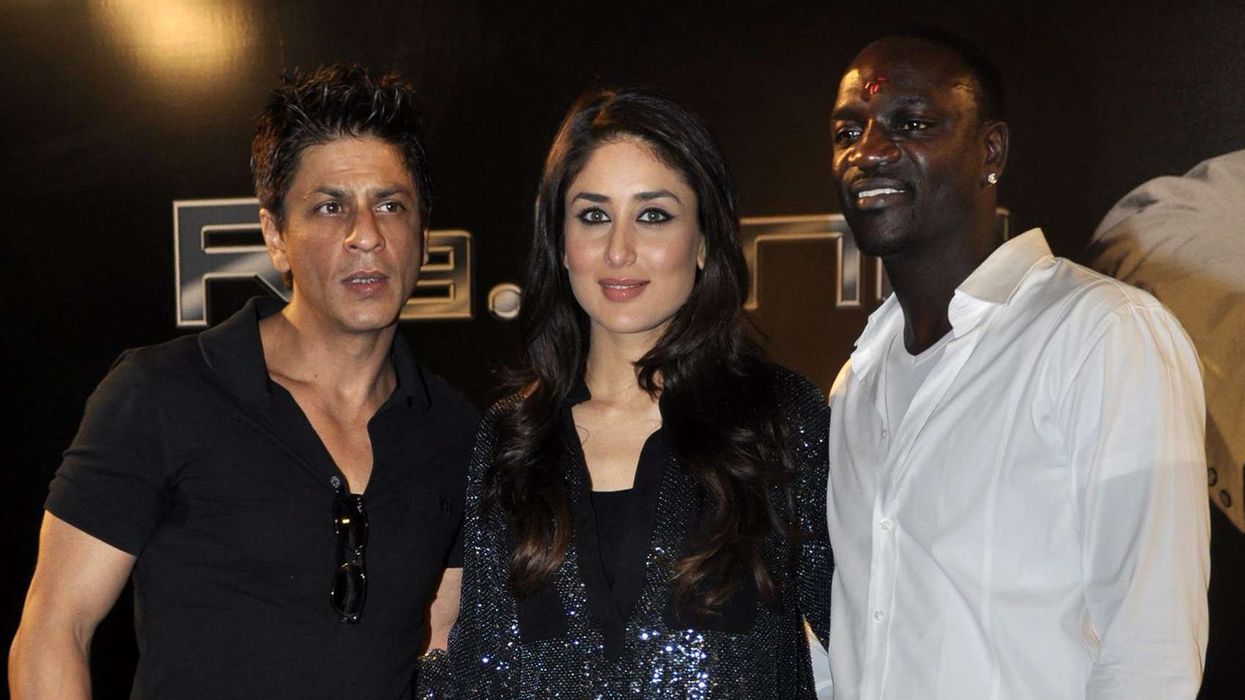
 Ayodele Odeyemi
Ayodele Odeyemi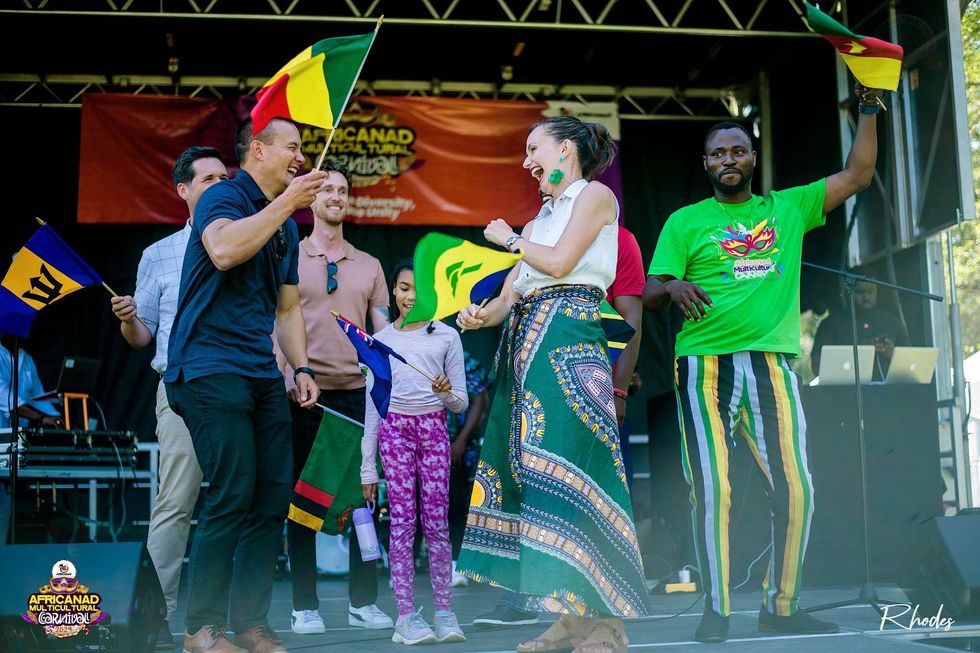 This is why South Asia offers such vital lessons for African creators today
This is why South Asia offers such vital lessons for African creators today



